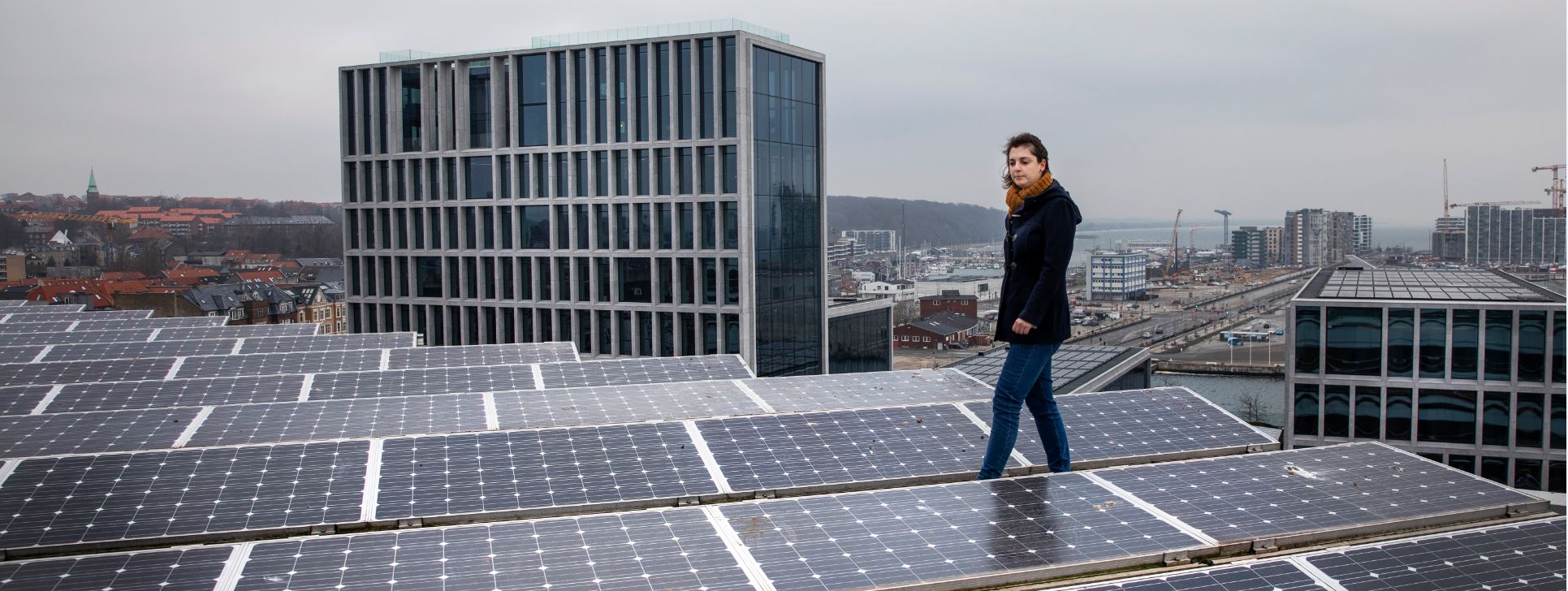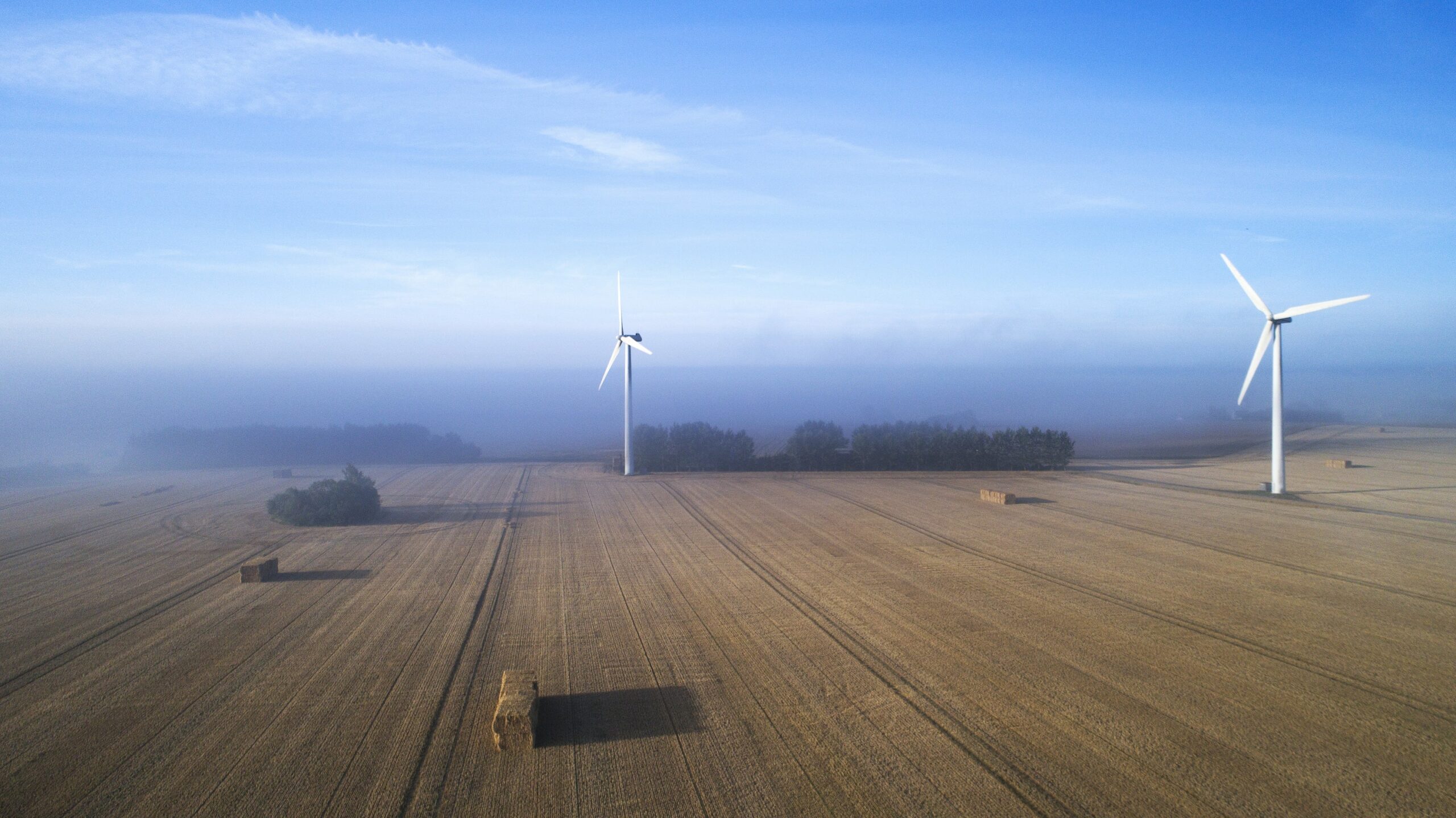News
District energy
District heating
Solar energy
+3
Renewable energy policies in a time of transition


In 2017, investments in new renewable power capacity outstripped the amount invested in fossil-based generating capacity, with most of the installation of new renewable energy capacity currently occurring in developing and emerging countries. With nearly every country in the world adopting a renewable energy target, renewables are now considered a technologically mature, secure, cost-effective and environmentally sustainable energy supply option to underpin continued socio-economic development, while simultaneously combating climate change and local air pollution.
- Related news: Think Tank: EU Carbon Prices May Skyrocket In the Coming Years
As renewable technologies mature, policy makers are confronted with new challenges. The rapid expansion of variable renewables, such as solar photovoltaics and wind power, requires more flexible energy systems to ensure reliable and cost-effective system integration. In general moving forward, renewable energy policy approaches will have to be more holistic and sophisticated to reflect the transformative changes induced by the energy transition on the energy sector, society and economy.
Energy Policies in the Heating, Transport and Power Sector
Heating is the largest energy end-use, accounting for over 50 percent of total final energy consumption in 2015, with over 70 percent of that met by fossil fuels. Renewables can play a key role in decarbonising and providing a cleaner heating and cooling supply option. Slow renovation rates in existing building stock and a slow turnover of heating and cooling appliances in both buildings and industry necessitate a long-term strategy for decarbonising the sector. Much more effort at the policy level is needed in a larger number of countries. Approaches to renewable heat policy will have to vary between countries, reflecting different circumstances (e.g. building stock, industrial heat demand and resource potential) and specific barriers that need to be overcome.
Transport is the second largest energy end-use sector, accounting for 29 percent of total final energy consumption in 2015. It remains heavily reliant on fossil fuels, with 96 percent of the sector’s energy use coming from petroleum products. Conversely, transport accounts for 64.7 percent of world oil consumption in 2015.The large majority of policy interventions to date have been related to biofuels, while policies aimed at developing electric-power transport based on renewables have only recently begun to emerge. A large uptake of renewable energy in transport requires simultaneous and integrated changes in three main areas: 1) the availability of energy carriers and fuels produced from renewable sources; 2) the deployment of vehicles that can use renewable fuels; and 3) the development of energy and fuel distribution infrastructure.
- Related news: New Tool to Design the future Energy System
Although the power sector consumed only about a fifth of total final energy consumption in 2015, it has so far received the most attention in terms of renewable energy support policy. In 2015, renewables provided about 23.5 percent of all electricity generated, the bulk of which came from hydropower, followed by wind, bioenergy and solar photovoltaic (PV). These developments have been driven mainly by falling technology costs and support policies. Administratively set pricing policies (feed-in tariffs and premiums) need to continuously adapt to changing market conditions and regular tariff-level adjustment is one example of measures needed to reflect the falling cost of technology. In this context, auctions are being increasingly adopted, given their ability for real-price discovery. Auctions have resulted in electricity prices from solar PV in 2016 equal to almost a fifth of what they were in 2010, reflecting developments in the sector. Prices for onshore wind were almost halved in that period.
The Way Forward
Despite the significant progress made over the past decade and the growth in policy support, renewables have yet to reach their full potential and key barriers still inhibit further development. These relate to technology, awareness and capacity, cost, finance, infrastructure and public acceptance, in addition to policy, regulatory, institutional and administrative barriers. Unless renewable energy and energy efficiency are scaled up more rapidly, international climate objectives will not be met, and even the 2 degree Celsius limit for global warming, as set out in the 2015 Paris Agreement, will not be achievable.
Substantial efforts are still required to scale-up deployment (together with energy efficiency) to meet climate objectives. To this end, a combination of policy measures are needed, focusing on direct support (deployment), integration and enabling environment.
- Related news: Califonia and Denmark to Collaborate on Offshore Wind
Direct policy support for renewable energy has to be increased in the power and end-use sectors, which both account for large shares in final energy consumption as well as energy related CO2 emissions. In many countries, renewables continue to face competition from subsidised fossil fuel options. Meanwhile, enabling policies are needed to ensure effective operating conditions for renewables in energy systems and markets. As such, policy makers should make sure that renewable energy technologies can operate in the system on a level playing field with other technologies, facilitating innovation, supply and consumption of renewable energy in all end-uses.
Finally, renewable energy needs to be integrated into the daily life of consumers and prosumers, as well as into the institutional framework, to allow them to be part of the overall energy transition. Integrating policies, in this context, are those measures that allow the full integration in the energy system: for example, measures to encourage behavioural change (through raising awareness programmes) and policies to couple renewable energy technologies with livelihoods (in the access context).
- Source: Ren21 Report















